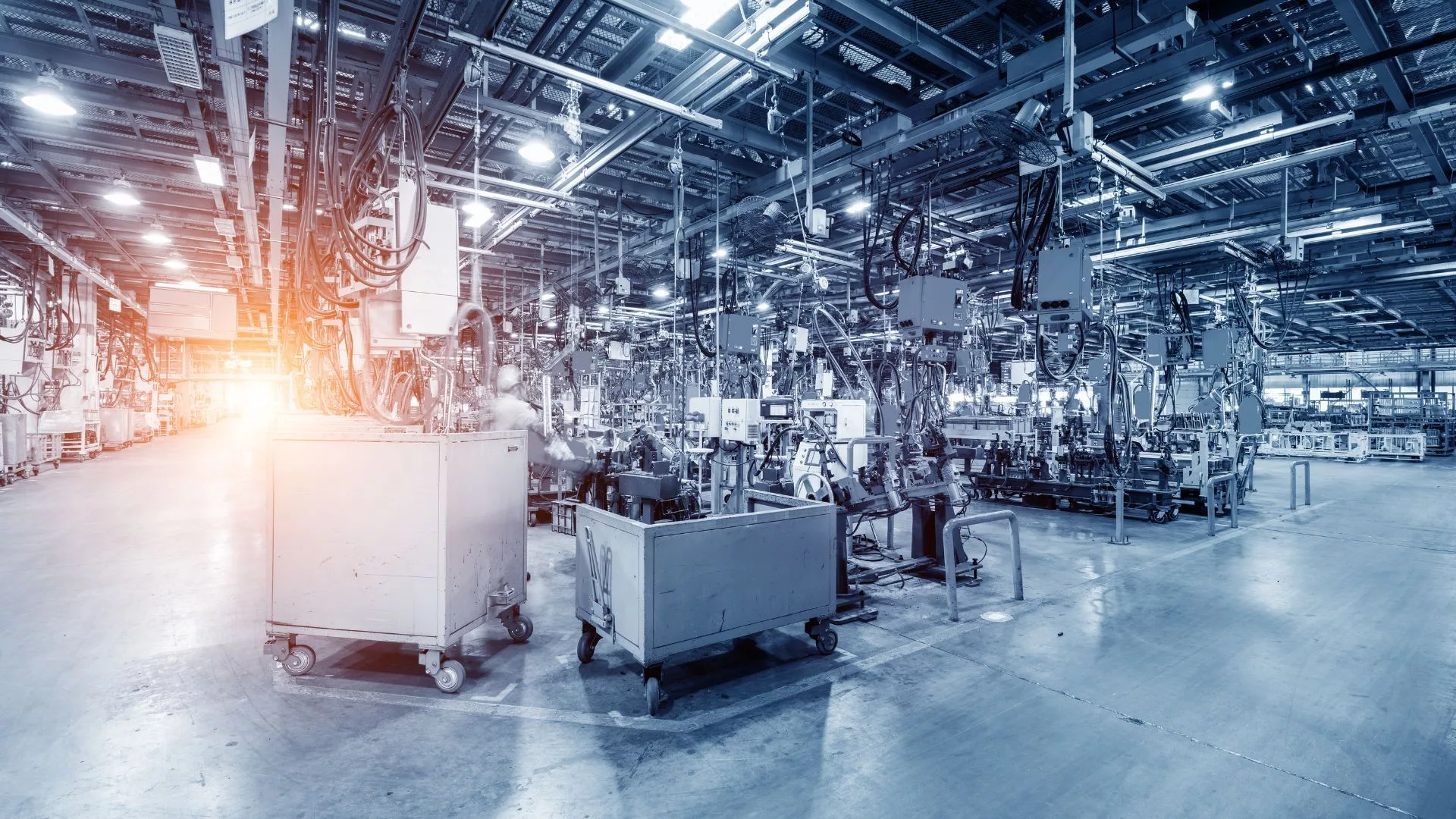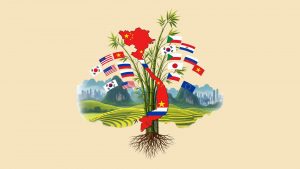What comes to mind when you think of Vietnam? Casual observers and tourists might think pho, the war, Ho Chi Minh, or the noisy, colourful streets of Hanoi. But economists will have a more interesting response: manufacturing. Vietnam is increasingly becoming a ‘new China’, as businesses flock to the country, relocating supply chains for western markets. We may well conclude that it is evolving into a key future manufacturing hub.
Over the past two decades, Vietnam’s GDP has grown faster than all Asian countries other than China – averaging 6.2% – providing a strong foundation for continued future growth. Manufacturing currently accounts for 20% of GDP – a sizeable share by global standards – and is positioned to grow, given its competitive edge. Vietnam has the fastest growing share of high-tech exports of any Asian country – representing 42% of growth in 2020, against just 13% in 2010. The central government doesn’t hesitate to boast of its focus on high-tech, and of the powerhouse performance of Compal Vietnam, a manufacturer for Dell, Google and Amazon, among others. Apple, too, has 21 suppliers in Vietnam – more than in Thailand or India.
Vietnam has several advantages. First, it has a highly competitive labour force – inexpensive, highly educated, highly disciplined, technically able and young. As China’s enormous workforce age out and demand higher wages, Vietnam has quickly emerged to take up the slack. The government has invested in quality, supporting vocational training, and Vietnamese schools have become world-leading. Few other countries could offer such a competitive combination.
Second, Vietnam is party to several free trade agreements, including with the EU and UK. Especially notable is the CPTPP, to which the UK recently became a signatory, and which involves Australia, New Zealand, Canada and Singapore, among others. Global businesses have fewer barriers to trade with Vietnam than elsewhere. Third, the ruling Communist Party has dedicated itself to ensuring that Vietnam becomes a key manufacturing hub, implementing new laws and enthusiastically promoting Vietnam’s advantages. Fourth, Vietnam is set to benefit from geopolitical tensions between the US and China, as American firms seek to ‘de-risk’ their supply chains and ‘decouple’ from China, citing perceived risks of continuing to do business there.
Of course, Vietnam is not without its weaknesses. First, the country has a shortage of IT workers – a key demographic western businesses could certainly tap into. Without more of them, Vietnam may struggle to make the most of its potential as a manufacturer. Nor is Vietnam anywhere near as large as China: there are more workers just in Guangdong province than there are in all of Vietnam. That said, modern manufacturing does not necessarily require legions of workers, as the twentieth century did – autonomous systems may offset the disadvantages of a smaller, but highly skilled, workforce. Third, Vietnam has a corruption problem – it is certainly perceived as corrupt overseas – which may frustrate business or discourage investors. Although the government has made moves towards cracking down on corruption, a systematic approach has yet to arrive. Fourth, some sectors in manufacturing – notably garments and textiles – have found their order books emptier than expected, as the aftershocks of the pandemic have reduced consumption. The manufacturing sector as a whole must mature to be fully competitive.
To bolster its chance of becoming a key manufacturing hub, Vietnam can home in on its advantages and focus on remedying its disadvantages. The government should produce a viable anti-corruption strategy to reassure business and investors. Perhaps there would be an opportunity for partnership with regulators from countries renowned for their transparency, like Singapore, Sweden or Finland. Vietnam could focus on implementing autonomous systems to compensate for a relative lack of workers, and position itself as more than just a source of cheap labour (this would also give it the edge over India, for instance). There is much to keep an eye on, and it will be interesting to see how things progress.
- Joseph Blackhttps://asiascot.com/author/joseph-black
- Joseph Blackhttps://asiascot.com/author/joseph-black
- Joseph Blackhttps://asiascot.com/author/joseph-black
- Joseph Blackhttps://asiascot.com/author/joseph-black





